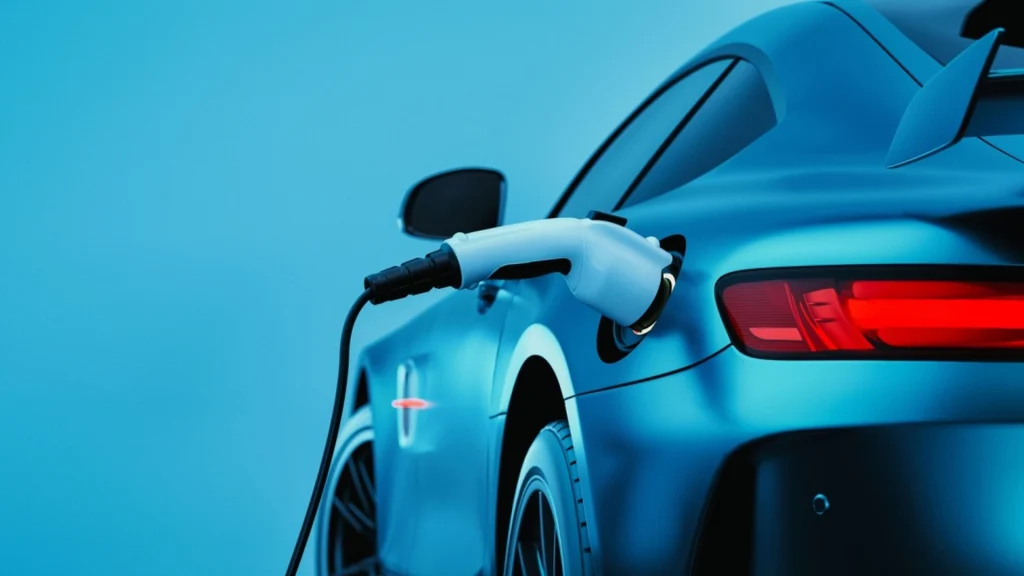It’s probably not what you think.
Others are reading now
Electric vehicles (EVs) are increasingly popular due to their eco-friendly benefits and high energy efficiency. Proper management and maintenance of their batteries, however, is crucial for maximizing both range and overall lifespan.
Introduction
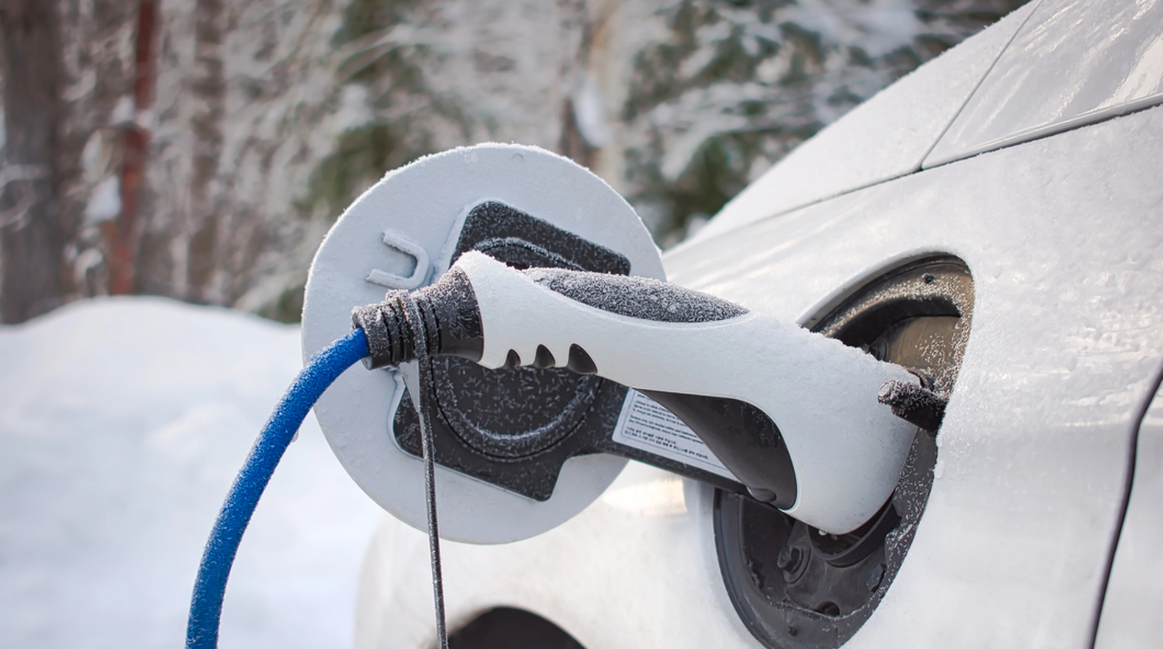
Also read
Electric vehicle batteries are at the core of performance and durability. Many factors—ranging from charging habits to temperature extremes—impact how quickly a battery degrades over time.
Charge & Discharge Cycles
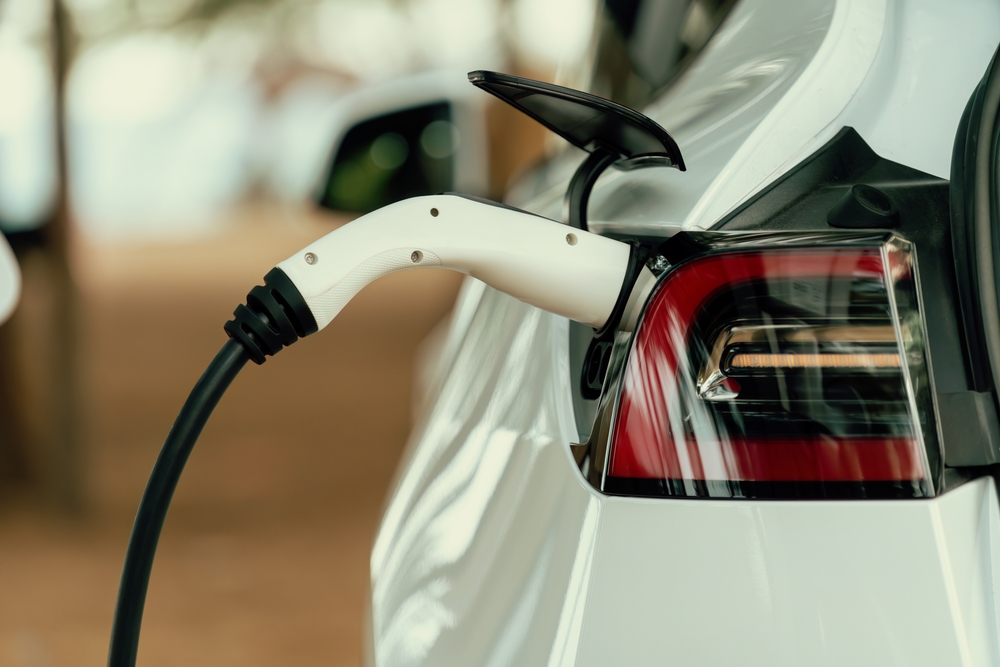
Each time you charge and use the battery, it completes a cycle. Repeated cycles gradually reduce the battery’s capacity, making it essential to keep cycle-related wear to a minimum.
Best Practices for Charging
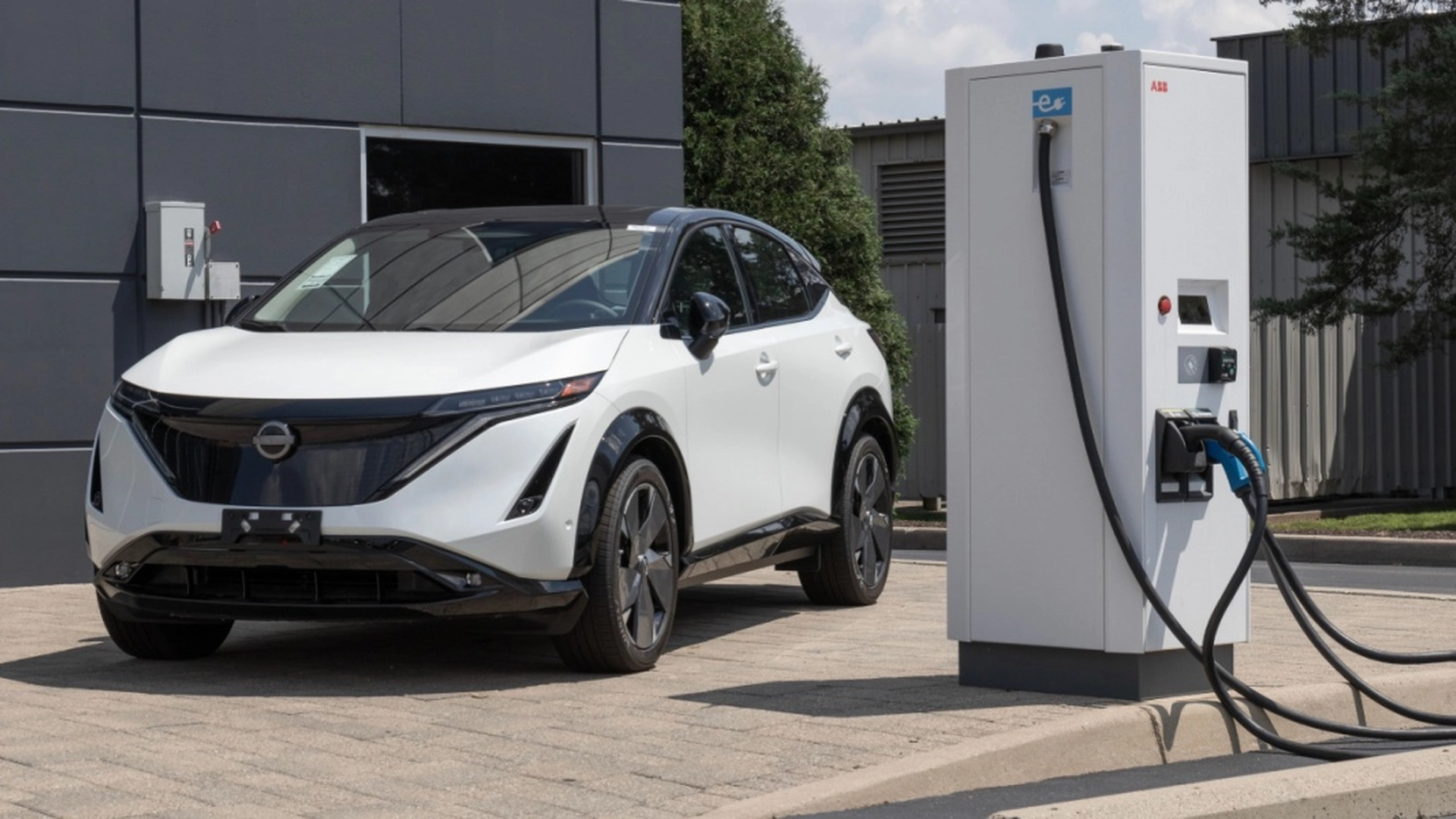
-
Avoid fully draining the battery to 0%.
-
Steer clear of constant 100% charges.
-
Follow recommended charge levels to prolong battery health.
Fast Charging
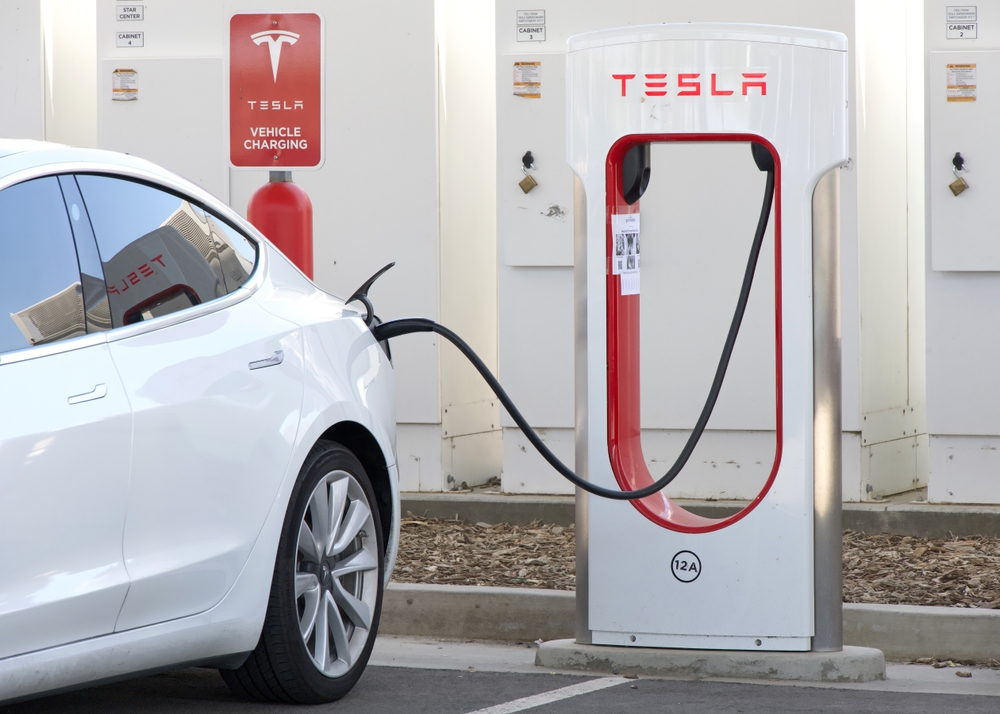
Fast charging is convenient but generates excess heat, accelerating battery cell degradation. Limit fast charging to urgent situations and rely on slower charging for day-to-day use.
Managing Heat Generation
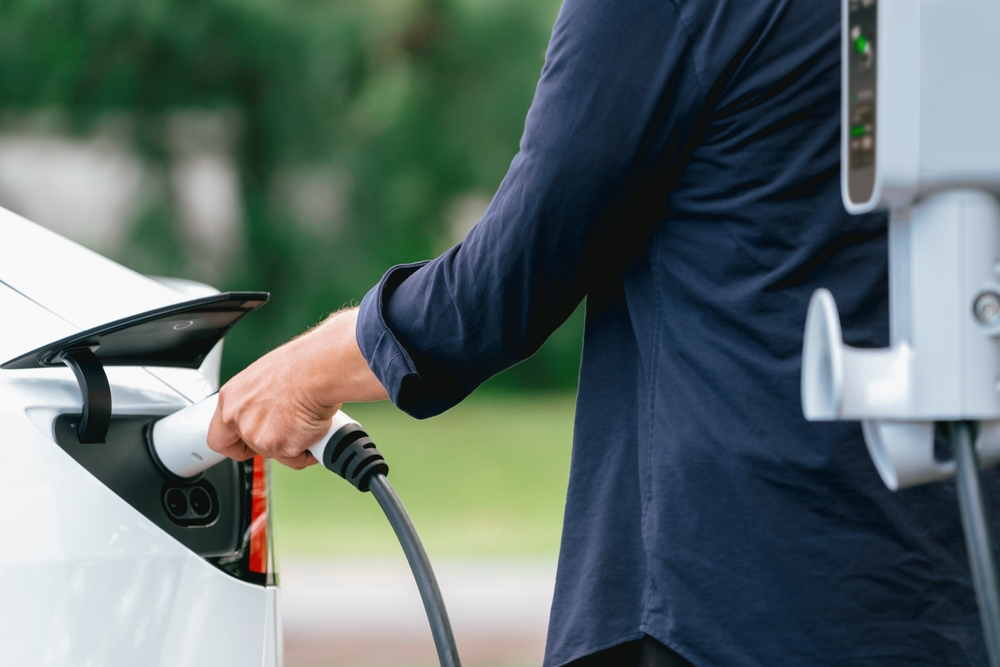
When large currents flow into the battery quickly, internal temperatures rise. Over time, higher internal temperatures can damage the cells and shorten the battery’s overall lifespan.
Cold Weather Effects

Low temperatures slow chemical reactions in the battery, reducing immediate range. Park in an insulated or covered area during winter and avoid leaving the battery at a low charge in extreme cold.
Hot Weather Effects

Excessive heat can irreversibly degrade battery components. Whenever possible, park in shaded areas, use climate control judiciously, and consider timing your charges to cooler parts of the day.
Thermal Management Systems
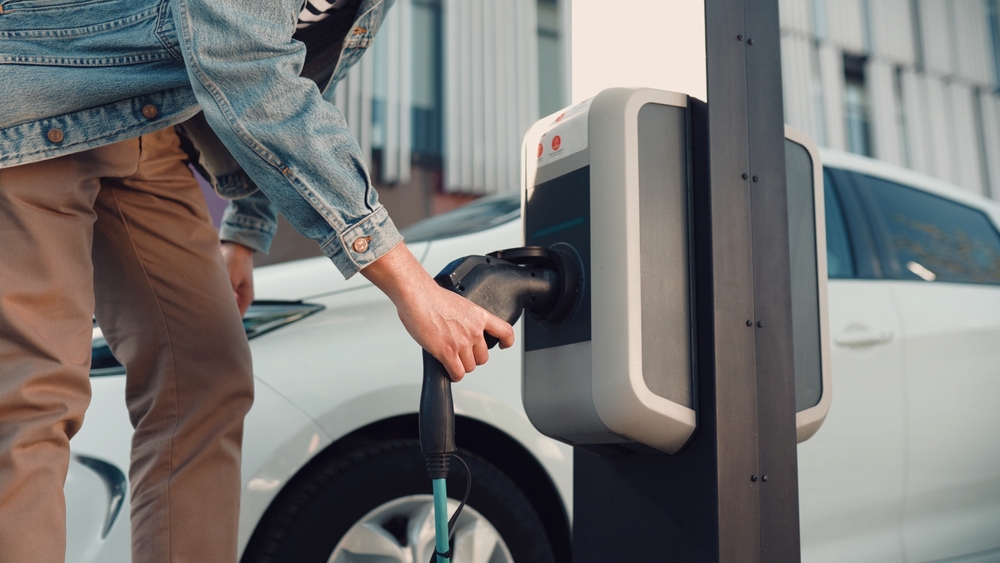
Many EVs include systems that regulate battery temperature. Monitor coolant levels and follow the manufacturer’s maintenance schedule to ensure these systems work optimally.
Power Consumption by Accessories

Air conditioning, entertainment systems, and lights all draw from the battery. Limiting unnecessary use of these accessories helps conserve energy and maintain battery capacity.
Minimizing Accessory Usage
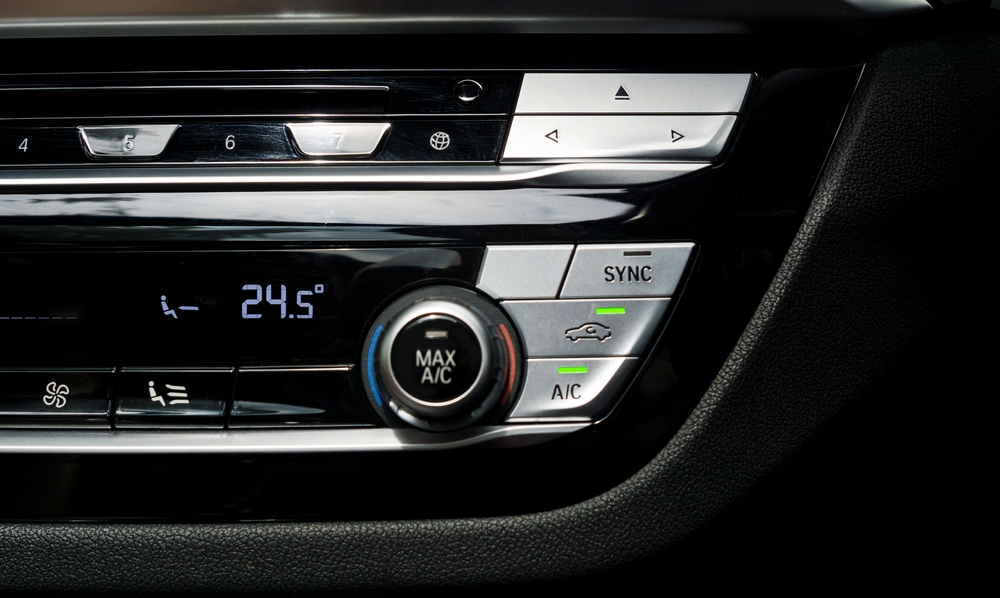
-
Turn off heating or AC when it’s not needed.
-
Charge personal devices outside the vehicle when possible.
-
Plan trips to reduce reliance on in-car navigation and keep loads to a minimum.
Depth of Discharge
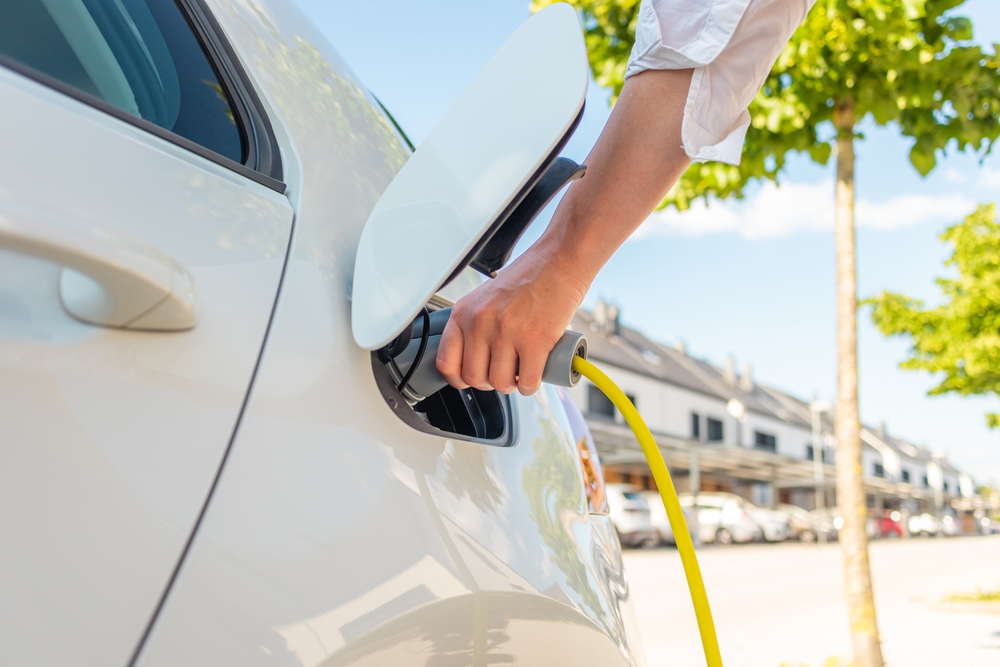
The deeper you discharge the battery, the more strain you place on it. Aim to keep your state of charge above 20% and avoid frequent full-capacity charges whenever possible.
Natural Aging
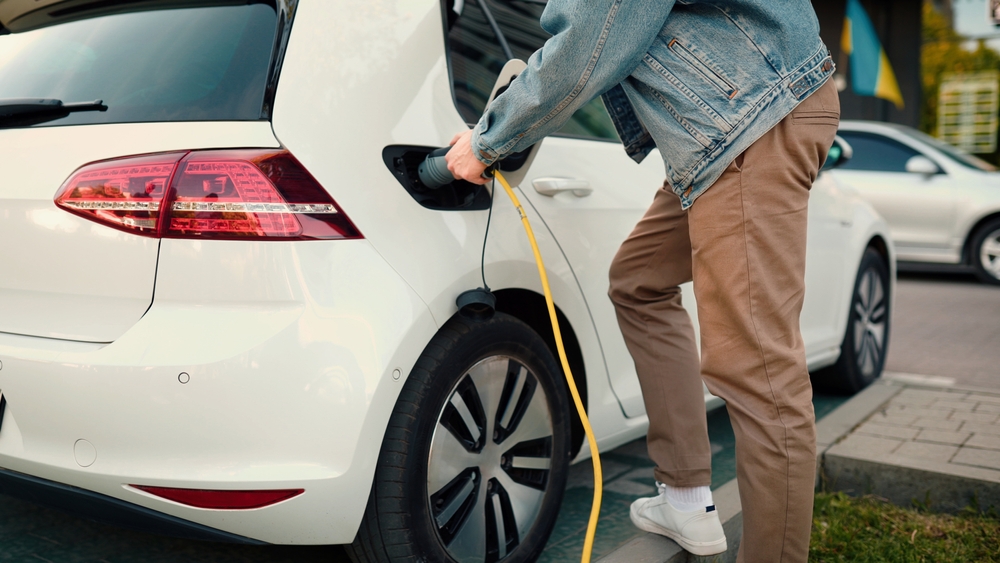
All batteries lose capacity over time, even under perfect conditions. The aging process is inevitable, but proper care slows it down and preserves usable capacity for longer.
Emerging Technologies

Advancements in battery chemistry, thermal management, and smart charging systems promise better longevity in future EVs. Staying informed about these developments can guide better ownership decisions.
Driving Behavior

Aggressive driving with abrupt acceleration and braking drains the battery quickly. A smoother driving style not only boosts energy efficiency but also eases stress on the battery’s cells.
Fuel-Efficient Driving Tips
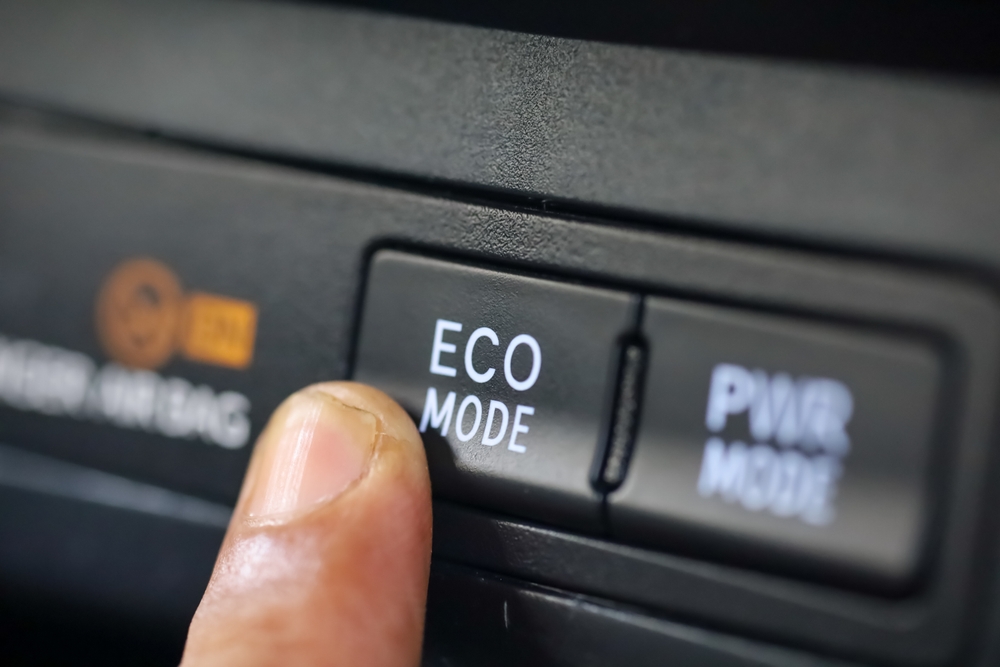
-
Use eco-driving modes when available.
-
Maintain steady speeds.
-
Utilize regenerative braking instead of harsh braking.
-
Keep tires properly inflated and remove unnecessary weight.
Significantly Reduce The Wear And Tear
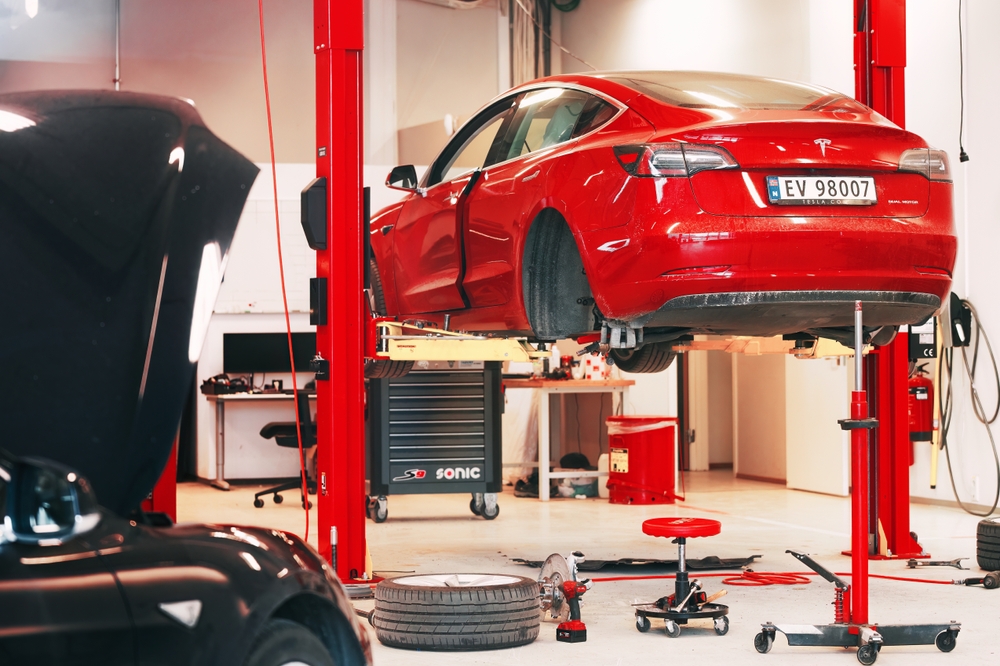
By combining mindful charging habits, careful temperature management, and a smooth driving style, you can significantly reduce wear and tear on your electric vehicle’s battery and extend its useful life.

